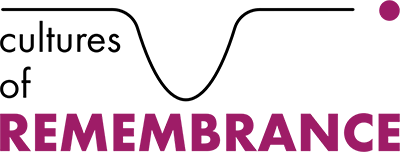This sound track is the result of the work of an acoustic laboratory in places of memory associated with the Siege of Leningrad – Shuvalovskoye Cemetery and the Road of Life.
Lilia Akivenson, anthropologist and sound researcher, says:
Sound is a shaky and immaterial sign of a place, it cannot be touched (it can even be difficult to describe it verbally). For a long time in Russia, sound anthropology meant a strange hybrid of folklore and ethnomusicology: a completely historical discipline that collects and analyzes the canons of songs, poetic and everyday texts. As a researcher, I have always been surprised by this excessive attention to the sound left in the past, no-longer-lasting.
It turned out to be very useful to start working with everyday sound fields: the category of the past tense was replaced by the category of the present. Sound streams arise and last, are reproduced.
According to the same logic, we built the work during the laboratory, visiting places of memory and listening to them. Thus, we discover them in the present, and do not leave them in historical time remote from us. At first we read about the soundscapes of besieged Leningrad, working with documented sound. Then we ended up on Ladoga and had our own auditory experience – also in the context of military history.
Sound makes the place alive and real for the listener: the story ceases to be abstract and becomes already experienced personally. The roar of autumn Ladoga storms, children’s laughter in the halls of the museum and accidentally heard comments from visitors – these form exactly the same collective knowledge about the war, only not on the pages of a textbook.
